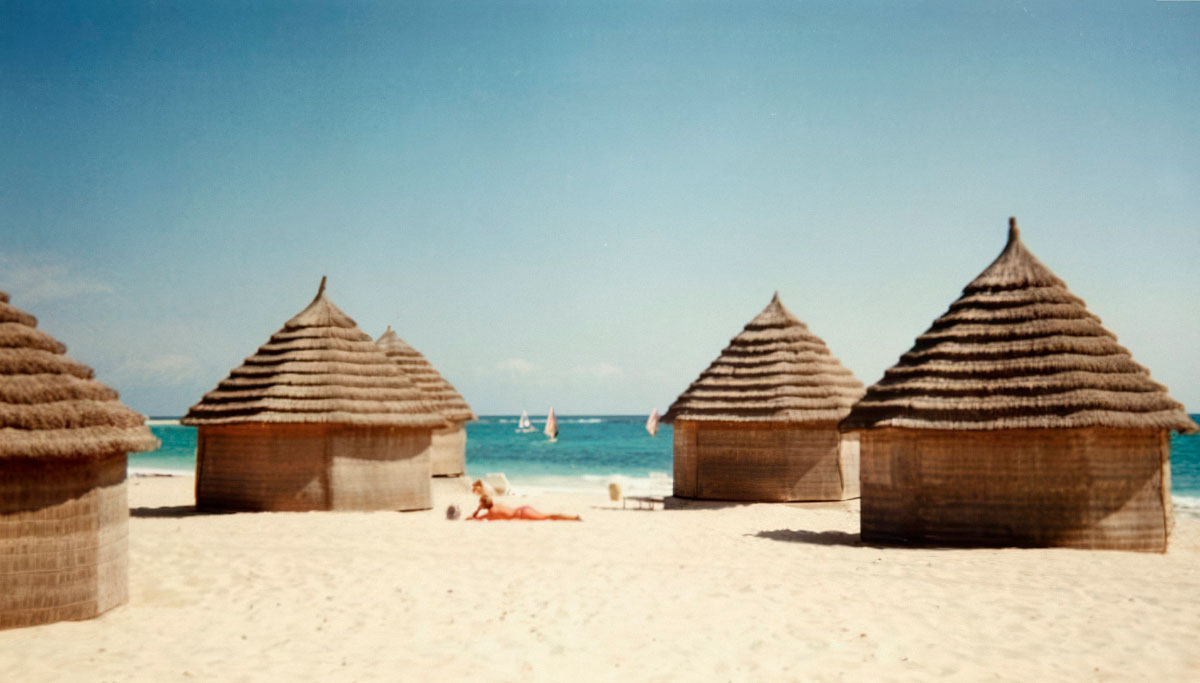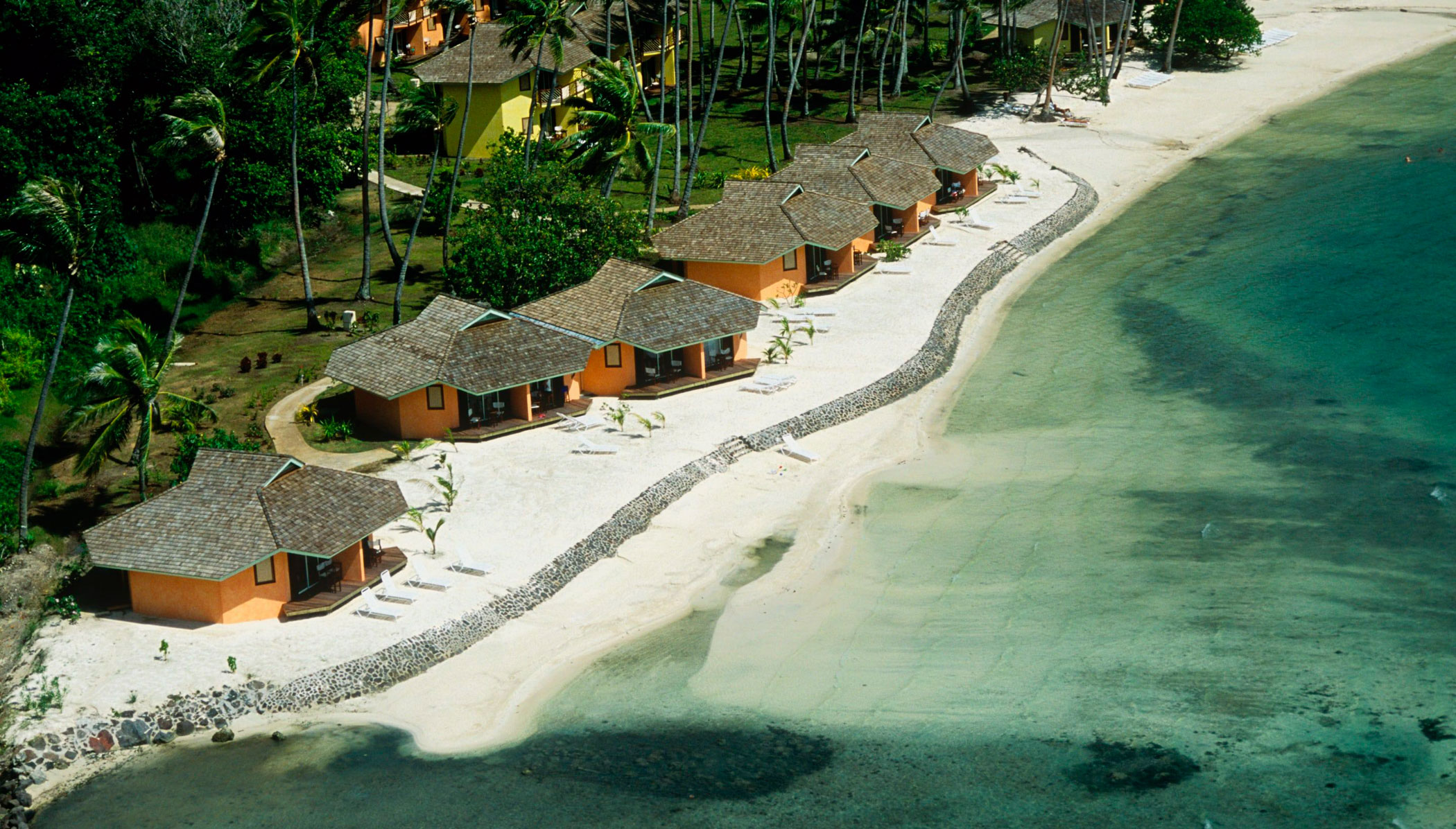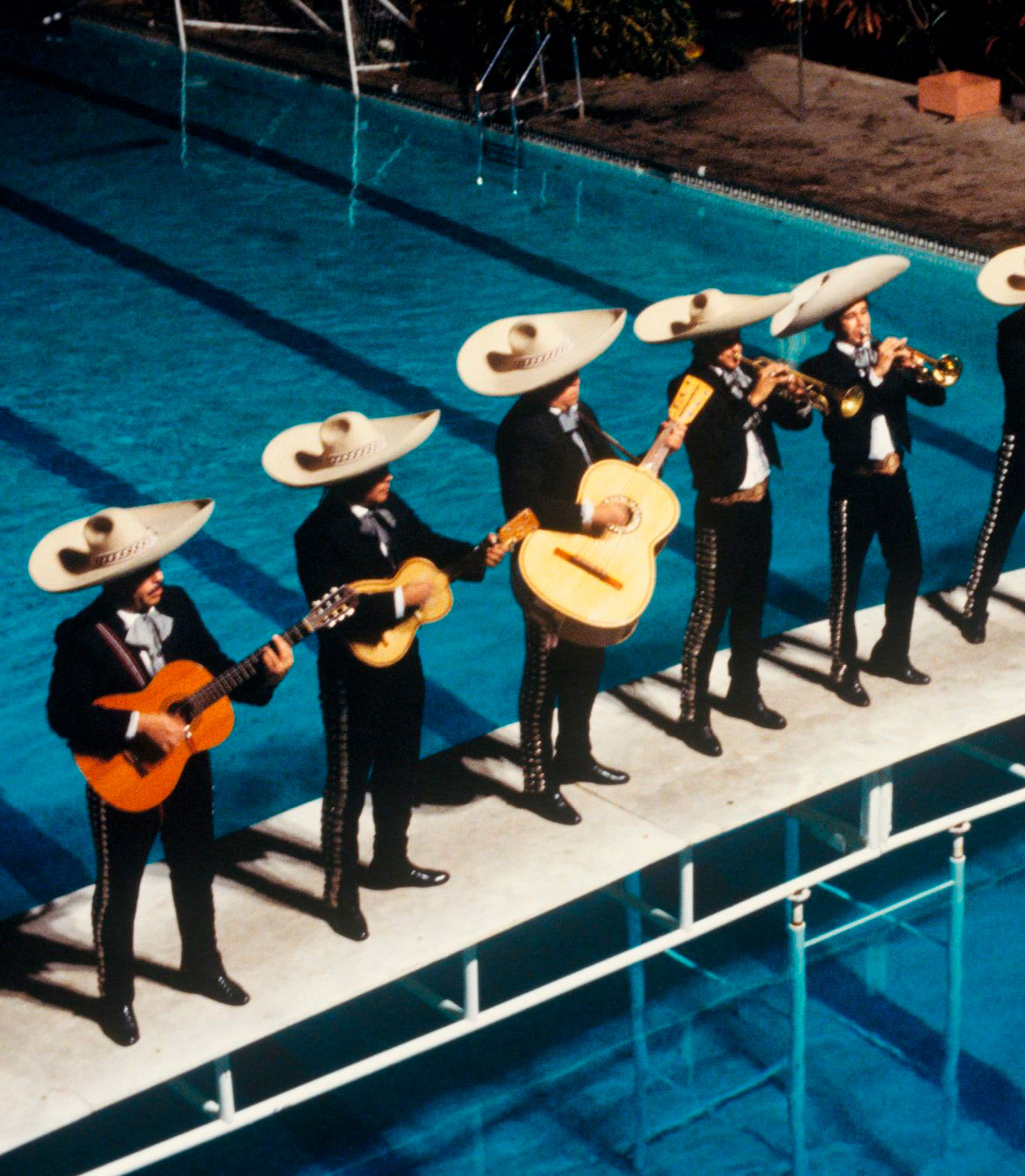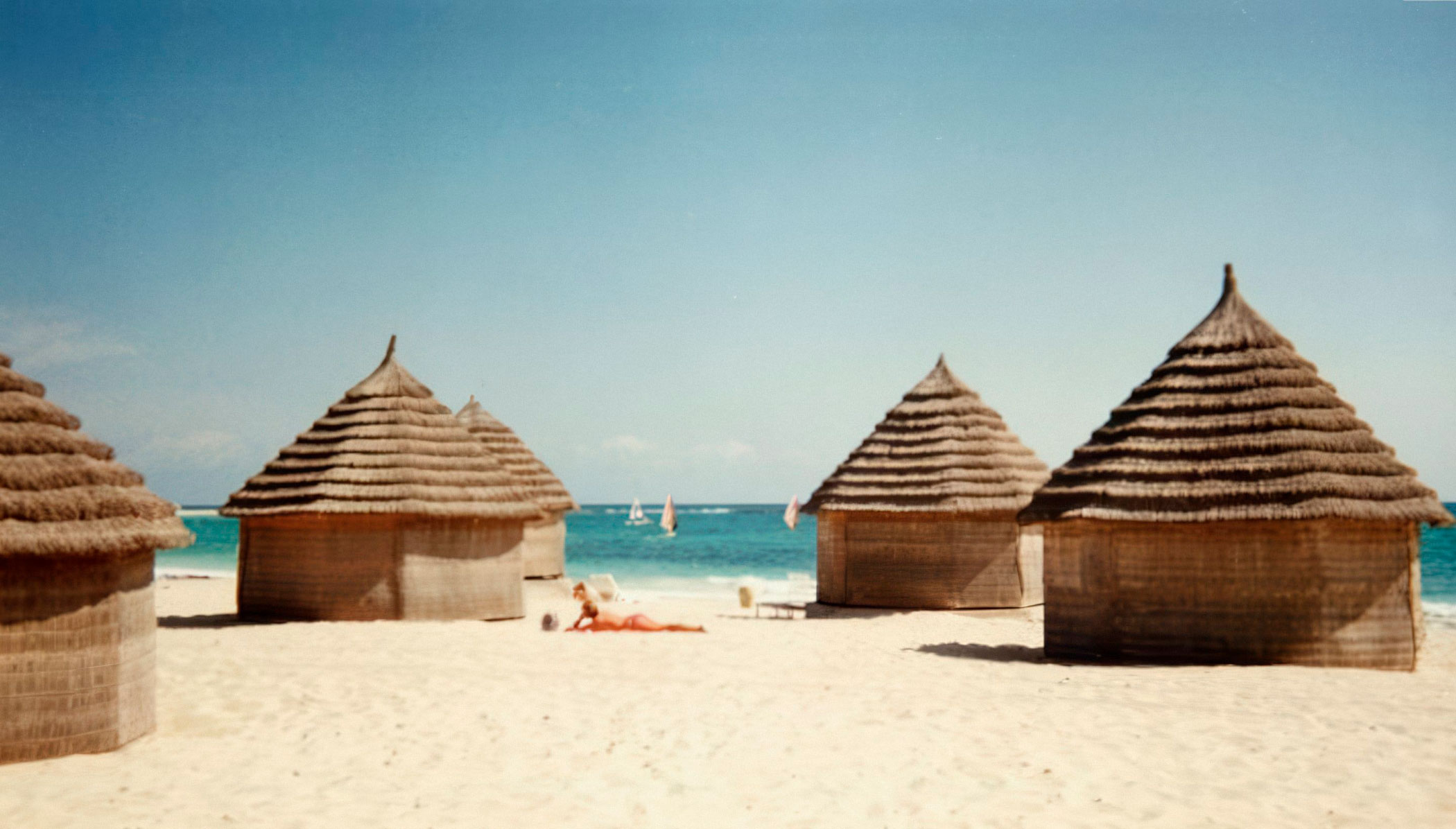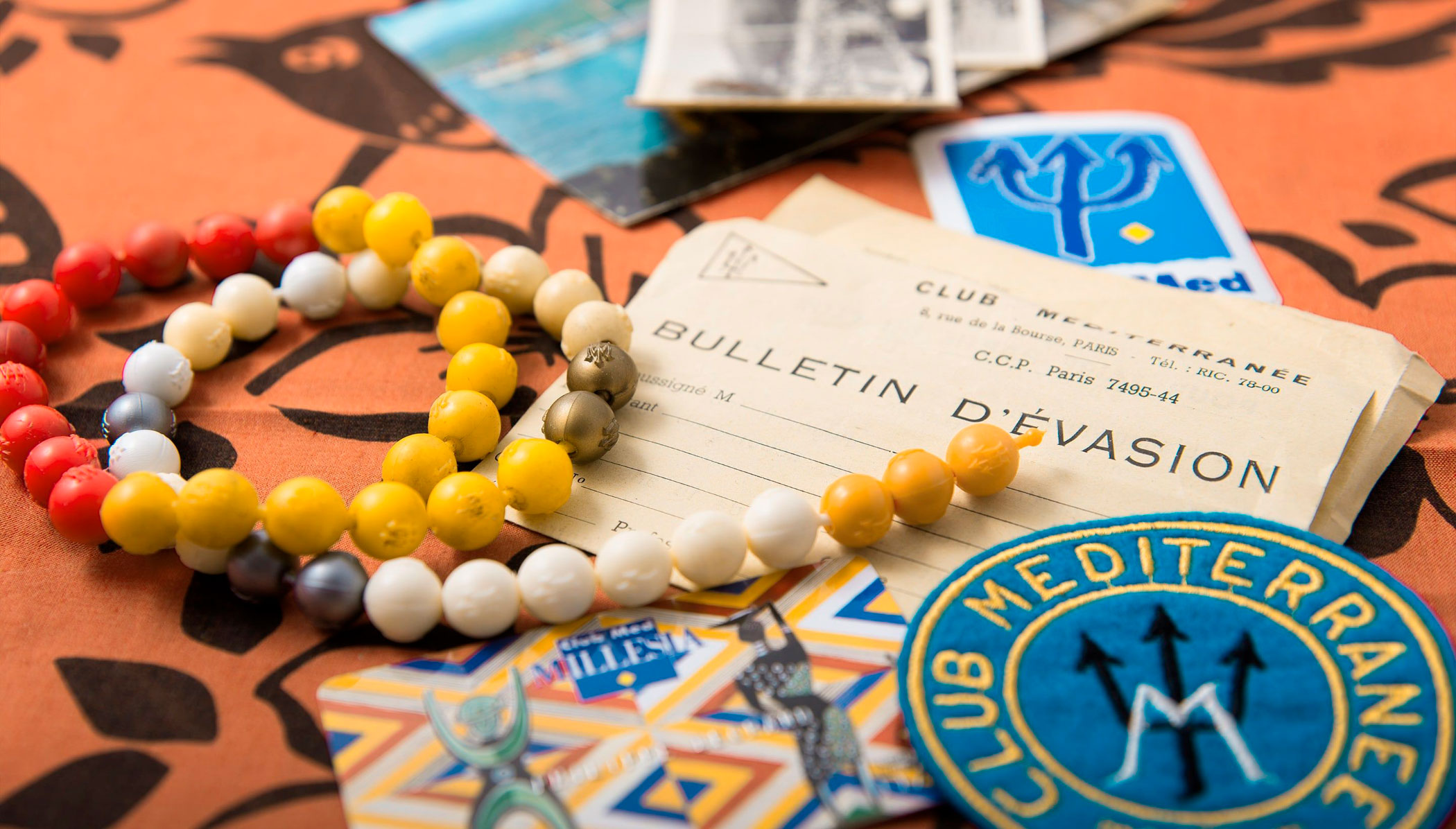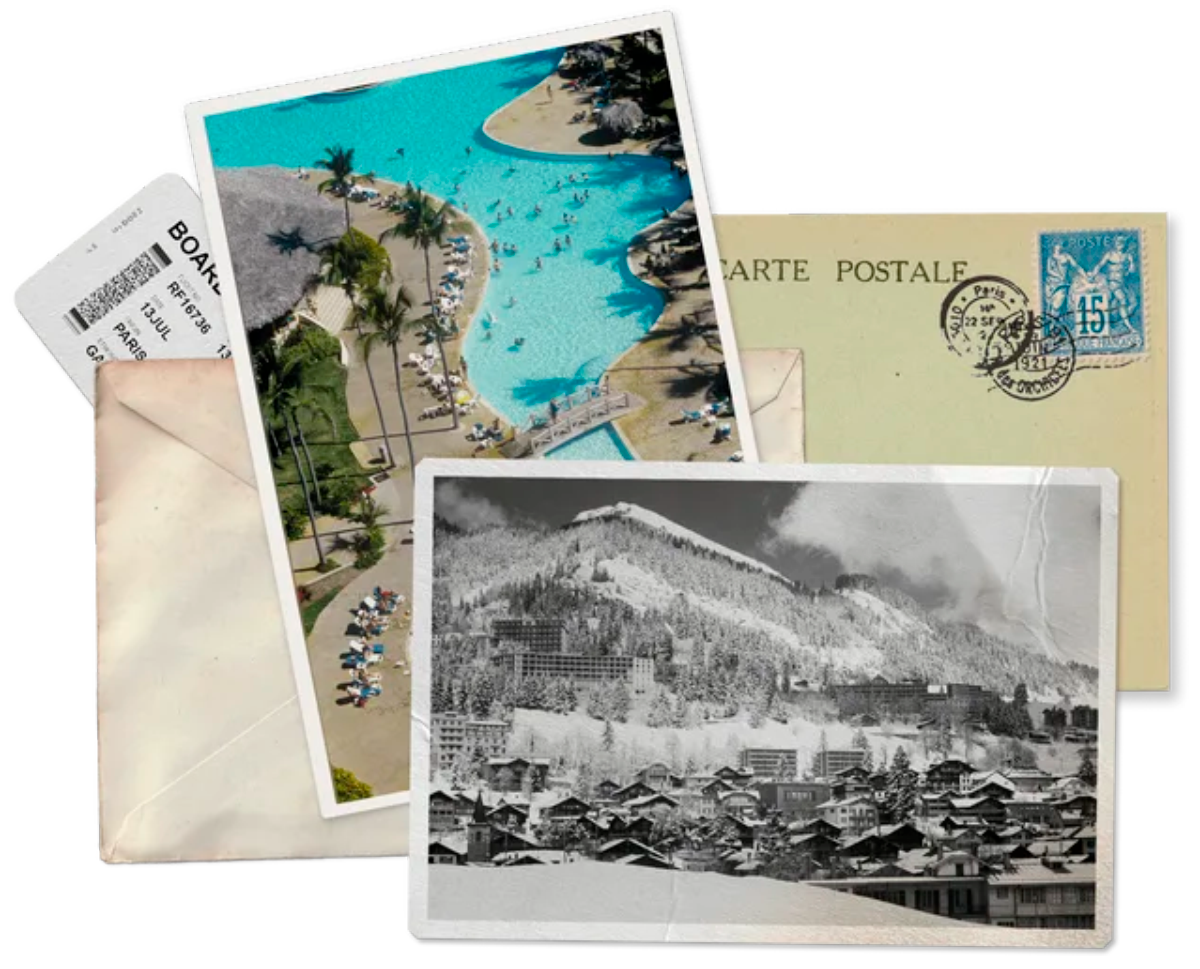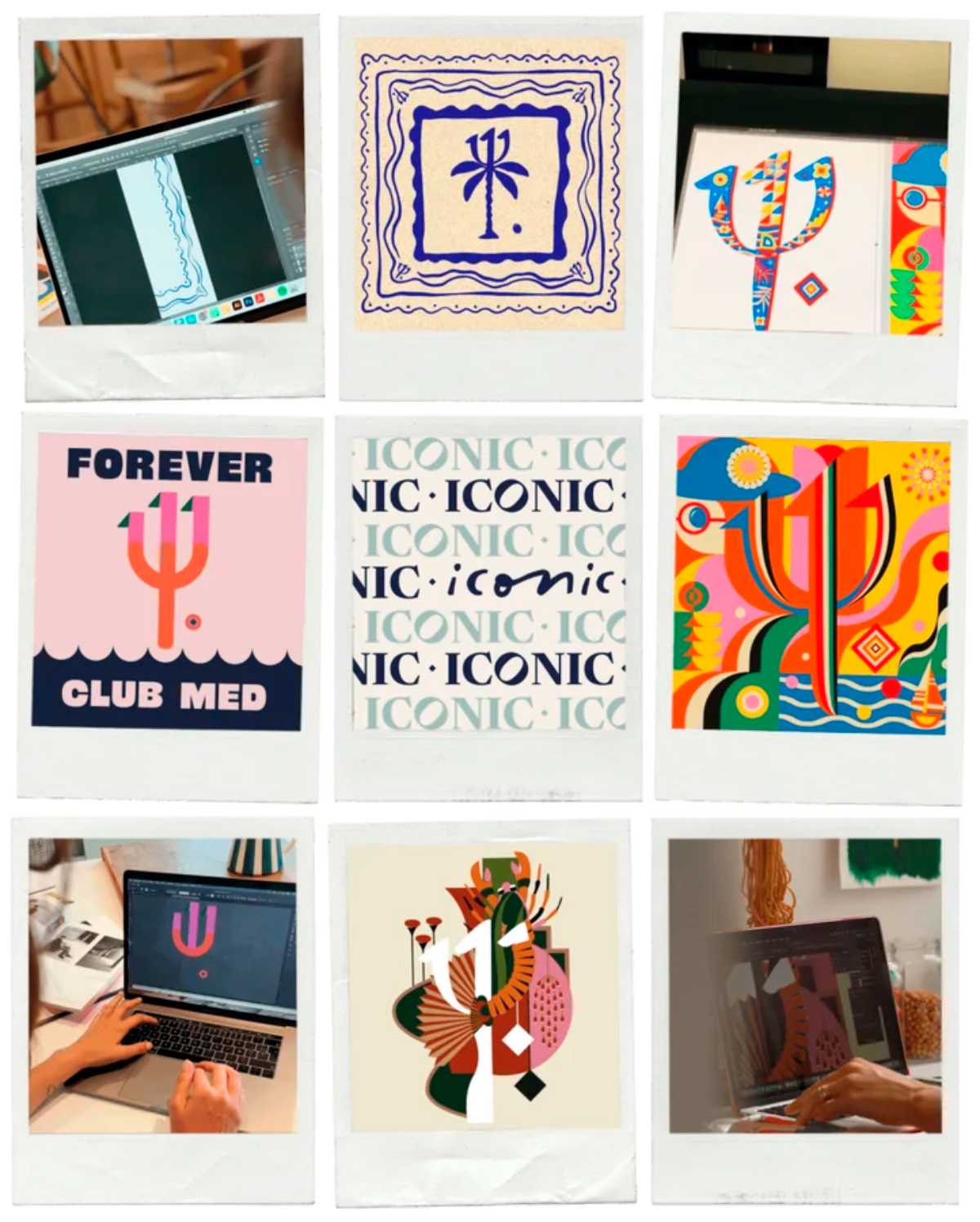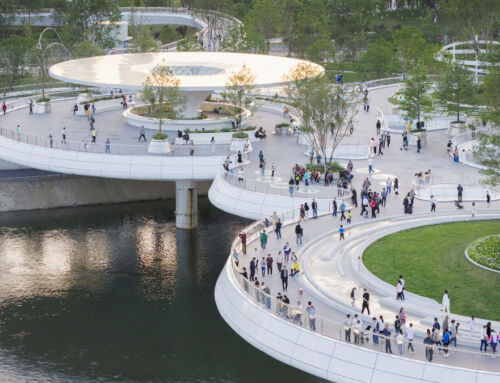When vacations were still the privilege of a select few, a visionary decided to change the rules of the game… that is, of tourism. It was 1950, and many of the wounds of World War II were still unhealed. Back then, Belgian Gérard Blitz, a diamond cutter, former resistance fighter, and former Olympic water polo player for his country, dreamed of a place where joy and freedom blended with nature. So was born Club Med—then Club Méditerranée SA—a revolutionary idea that today, 75 years old, still incorporates lines into its own legend.
The beginning of a utopia
It all began on the golden sands of Mallorca, Spain, where Blitz first set up a tented camp, which he rented to Gilbert Trigano, who would soon become a Club Med member, a lifelong member. But what was happening there wasn’t a typical vacation: for a single price, guests, called “Gentils Membres” (GM)—something like “pleasant or friendly members”—enjoyed two weeks full of activities, meals, and friendships. That summer of 1950, 2,400 people slept under the stars in the Mallorcan town of Alcudia, while sharing military surplus tableware, water-skiing, and playing pétanque. This was the start of a concept that would change tourism forever: the “all-inclusive” concept.
The “Gentils Organisateurs” Entertainment
One of the aspects that made Club Med unique was the community spirit that permeated its facilities. The “Gentils Organisateurs” (GO) team—or friendly organizers—was a multicultural group of entertainers, athletes, and artists; They not only organized activities, but also shared tables, games, and laughter with guests. Moonlit evenings, with guitars and impromptu performances, became the soul of Club Med. In Blitz’s words: “Comfort was found in the beauty of the site, the sun, the friendship, and above all, freedom.”
From tents to sustainable luxury
But Club Med wasn’t limited to the Mediterranean Sea, first in Alcudia and then on the island of Djerba, Tunisia. No, in 1955, seduced by Polynesian culture, Blitz and his then-partner, Trigano, opened an all-inclusive resort in Tahiti, French Polynesia; and in 1957, they inaugurated the first ski resort in Leysin, Switzerland. Innovations such as the buffet (1965) and the Mini Club (1967)—the “very first childcare program on vacation“—marked milestones in the global leisure and tourism industry. According to Club Med itself, they were pioneers in destinations like Punta Cana, where the brand arrived in 1983 and even “participated in building the airport,” or in China, where, since 2010, they have accompanied the country as it “began to discover the joys of vacationing.” Today, its 68 resort hotels, from the Seychelles to Morocco, are synonymous with responsible luxury, with initiatives like the Happy to Care Foundation and eco-sustainable resorts like Michès Playa Esmeralda.
And 75 years is a long time… if you don’t believe it, ask yourself: what happened to the bar necklace, inspired by Polynesian garlands? Well, it was an idea that has now become a digital bracelet. And the number 45 jersey, whose origin remains a mystery—”a celebration of the Club’s 45th anniversary? A hockey jersey borrowed from an American GM and the chance of the numbers?” A tribute to the 45th parallel north?”—is still part of Club Med folklore today.
And then we come across the icon of its logo, the trident, which refers to the Hellenistic god Poseidon, “protector of the seas and oceans”, or the trishul of the Hindu goddess Shiva, “representing the balance of the cosmos”. A trident that several international artists reimagined in 2024 (Alexia Winterhalter from Italy, João Incerti and Naia Ceschin from Brazil, Yukai Du from the United Kingdom, Alex Proba from the United States, Agathe Marty and Lise Mailman from France, and Jen Du from China).
Club Med transcends tourism: it is almost a cultural phenomenon, that is, it is part of universal general culture. Its name, which evokes happiness, appears in films—like in Copper Mountain, in which Jim Carrey and Alan Thicke travel from their hometown to a Club Med mountain-resort in Colorado—and in catchphrases, sayings, and jokes—like the mocking “This isn’t Club Med!”, which in France mocks those who have too much fun. Even in Paris in May ’68, some of the mobilized youth used it to make ironic critiques in their graffiti, further proof of how deeply it permeated the collective imagination from the very beginning.
A whole future of happiness to discover
After 75 years, Club Med continues to write new chapters in its tourism adventure. The next chapter is the first integrated beach and safari resort in South Africa, a pioneering experience centred on nature and luxury, which will open its doors in 2026. A project that reflects the brand’s visionary spirit, the same one that transformed tents into symbols of freedom in 1950. The same one that unites cultures today through its 15,000 GOs from 96 nationalities, true creators of the daily magic of each resort. A legacy that looks not to the past, but to the horizon, because—as Blitz taught—happiness is not a destination, but a journey.
Sources: Club Med 1, Club Med 2, Globetrender, Wikipedia.
Images: Club Med (Claude Gorsse, Maud Delaflotte, François Peyranne, Lise Mailman, Jen Du, Agathe Marty, Naia Ceschin, Bleu Paris).


